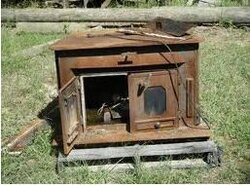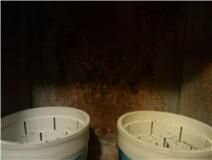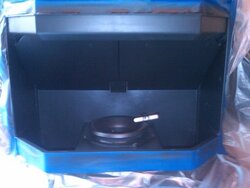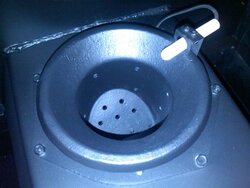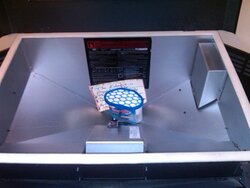Hello,
First off season with a pellet stove and it looks like there is some rust starting to show in the fire box. I had some moisture absorbers in there but that did not prevent it from rusting. Any suggestions on how to prevent it from getting worse or how to prevent it from re-appearing?
Thanks
First off season with a pellet stove and it looks like there is some rust starting to show in the fire box. I had some moisture absorbers in there but that did not prevent it from rusting. Any suggestions on how to prevent it from getting worse or how to prevent it from re-appearing?
Thanks


